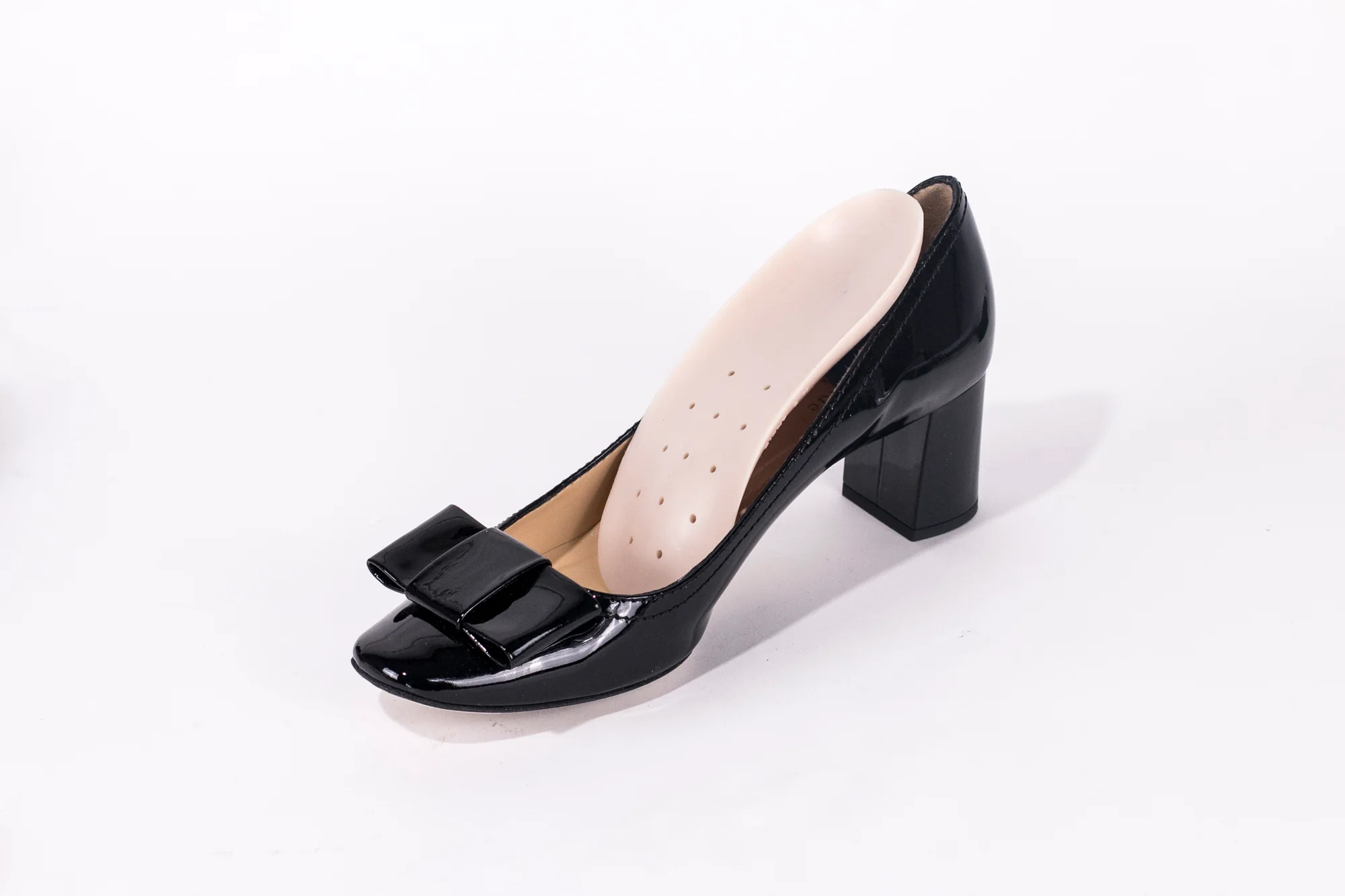When it comes to footwear, style and comfort often seem to be at odds. High heels, in particular, have long been associated with fashion but not necessarily with comfort or foot health. Enter orthotic heels, a revolutionary solution that merges fashion with function.
Understanding Orthotic Heels
Orthotic heels are shoes designed with built-in orthotic support. Unlike traditional heels, which can strain the feet and lead to various health issues, orthotic heels are crafted to support the natural contours of your feet. They incorporate elements like arch support, cushioned insoles, and proper heel alignment to ensure that your feet remain comfortable and healthy, even when wearing heels for extended periods.
The Importance of Foot Health
Foot health is crucial for overall well-being. Our feet carry the weight of our entire body, and any discomfort or misalignment can lead to a chain reaction of issues affecting our ankles, knees, hips, and back. Traditional high heels,
- Plantar Fasciitis: Inflammation of the plantar fascia, the band of tissue that runs across the bottom of the foot.
- Metatarsalgia: Pain and inflammation in the ball of the foot.
- Bunions and Blisters: Deformities and skin irritations caused by pressure and friction.
Orthotic heels aim to address these issues by combining the best of both worlds: the fashion-forward design of high heels with the supportive features of orthotic shoes.
How Orthotic Heels Work
Orthotic heels work by providing structural support to the feet, which helps distribute weight evenly and reduces strain on pressure points. Here’s how they achieve this:
Arch Support
One of the key features of orthotic heels is arch support. The arch of the foot plays a vital role in shock absorption and weight distribution. Orthotic heels are designed with built-in arch supports that help maintain the foot’s natural curve, preventing the arches from collapsing and reducing the risk of conditions like flat feet and plantar fasciitis.
Cushioned Insoles
Orthotic heels come with cushioned insoles that provide additional comfort. These insoles are often made from high-quality materials such as memory foam or gel, which mold to the shape of your foot, offering personalized support and reducing pressure on the ball of the foot.
Proper Heel Alignment
The alignment of the heel is crucial in maintaining balance and reducing strain on the feet. Orthotic heels are designed to ensure that the heel is positioned correctly, which helps in distributing body weight more evenly and reducing the risk of developing pain in the heels, ankles, and lower back.
Shock Absorption
Many orthotic heels incorporate shock-absorbing materials and designs that help mitigate the impact of walking or standing on hard surfaces. This feature is particularly beneficial for reducing fatigue and discomfort during prolonged wear.
Benefits of Orthotic Heels
Enhanced Comfort
The primary benefit of orthotic heels is enhanced comfort. The combination of arch support, cushioned insoles, and proper heel alignment ensures that your feet remain comfortable throughout the day. This makes orthotic heels an excellent choice for individuals who spend long hours on their feet.
Improved Posture
By providing proper support and alignment, orthotic heels can help improve your posture. Good posture is essential for preventing strain on your muscles and joints, reducing the risk of pain and injuries. With orthotic heels, you can maintain a healthier stance, even when wearing high heels.
Choosing the Right Orthotic Heels
Selecting the right pair of orthotic heels is crucial for maximizing their benefits. Here are some factors to consider when shopping for orthotic heels:
Foot Type
Your foot type plays a significant role in determining the right orthotic heels for you. Whether you have high arches, neutral arches, or flat feet, there are orthotic heels designed to cater to your specific needs.
Activity Level
Consider your activity level when choosing orthotic heels. If you plan to wear them for long hours or during activities that involve a lot of walking or standing, look for heels with extra cushioning and shock absorption.
Shoe Size and Fit
Proper fit is essential for the effectiveness of orthotic heels. Make sure to try on the shoes and ensure they fit well, providing ample room for your toes and snug support for your arches and heels.
Caring for Your Orthotic Heels
To ensure your orthotic heels last long and continue to provide optimal support, it’s essential to take proper care of them. Here are some tips for maintaining your orthotic heels:
Regular Cleaning
Clean your orthotic heels regularly to prevent dirt and grime buildup. Use a damp cloth and mild soap to wipe down the exterior, and let them air dry.
Proper Storage
Store your orthotic heels in a cool, dry place away from direct sunlight. Avoid stacking them to prevent deformities.
Regular Inspection
Inspect your orthotic heels regularly for signs of wear and tear. Check the soles, insoles, and overall structure to ensure they remain in good condition.
Conclusion
Orthotic heels represent a groundbreaking fusion of fashion and function, offering stylish footwear options that prioritize foot health and comfort. By providing essential support features such as arch support, cushioned insoles, and proper heel alignment, orthotic heels help prevent and alleviate common foot problems, improve posture, and enhance overall comfort.
